Canadian Provinces by Population 2025
< 50,000
> 50,000
> 100,000
> 500,000
> 1,000,000
> 2,500,000
> 5,000,000
> 10,000,000
Top 5 Most Populous Provinces
10 provinces
| Province | 2025 Q4 Pop. ↓ | 2022 Pop. | 2016 Pop. | 2011 Pop. | Annual Change |
|---|---|---|---|---|---|
| Ontario | 16,191,372 | 15,262,660 | 13,448,494 | 12,851,821 | 1.99% |
| Quebec | 9,058,089 | 8,751,352 | 8,164,361 | 7,903,000 | 1.15% |
| British Columbia | 5,683,201 | 5,368,266 | 4,648,055 | 4,400,057 | 1.92% |
| Alberta | 5,040,871 | 4,601,314 | 4,067,175 | 3,645,257 | 3.09% |
| Manitoba | 1,507,057 | 1,420,228 | 1,278,365 | 1,208,268 | 2% |
| Saskatchewan | 1,266,234 | 1,205,119 | 1,098,352 | 1,053,960 | 1.66% |
| Nova Scotia | 1,091,857 | 1,030,953 | 923,598 | 921,727 | 1.93% |
| New Brunswick | 868,630 | 820,786 | 747,101 | 751,171 | 1.91% |
| Newfoundland | 549,738 | 528,818 | 519,716 | 514,536 | 1.3% |
| Prince Edward Island | 182,508 | 172,707 | 142,907 | 140,204 | 1.86% |
3 territories
| Province | 2025 Q4 Pop. ↓ | 2022 Pop. | 2016 Pop. | 2011 Pop. | Annual Change |
|---|---|---|---|---|---|
| Yukon | 48,261 | 43,964 | 35,874 | 33,897 | 3.16% |
| Northwest Territory | 45,848 | 45,602 | 41,786 | 41,462 | 0.18% |
| Nunavut | 41,919 | 40,586 | 35,944 | 31,906 | 1.08% |
Differences Between Province and Territory
Canada has 10 Provinces:
Canada has 3 Territories:
Province Powers vs Federal Powers
Canada's federal system divides powers between the Federal Government and 10 Provincial Governments. This distribution of powers is outlined in the Constitution Act, 1867, and has evolved through court interpretations and constitutional amendments.
| Provincial Powers | Federal Powers |
|---|---|
| Education | National Defense |
| Healthcare | Currency and Banking |
| Transportation | Immigration and Citizenship |
| Property and Civil Rights | Postal Service |
| Natural Resources | International and Interprovincial Trade |
| Administration of Justice | Fisheries |
| Municipal Institutions | Indigenous Affairs |
| Labor Relations | Criminal Law |
| Liquor Licensing | Telecommunications |
| Provincial Civil Service | Interprovincial Transportation |
It's important to note that while this table provides a general overview, the actual distribution of powers is more complex. Some areas, such as agriculture, immigration, old-age pensions, and supplementary benefits, are shared between the federal and provincial governments. In cases of conflict in shared jurisdictions, federal law typically prevails for agriculture and immigration, while provincial law prevails for old-age pensions.
Provinces and Territories
Newfoundland

Newfoundland and Labrador offer dramatic coastal landscapes where icebergs drift south from the Arctic. St. John's is North America’s oldest city, filled with colorful row houses and maritime history.
Alberta

Alberta is famous for its stunning Rocky Mountain landscapes, home to Banff and Jasper National Parks. It is also a major hub for Canada's oil industry.
British Columbia
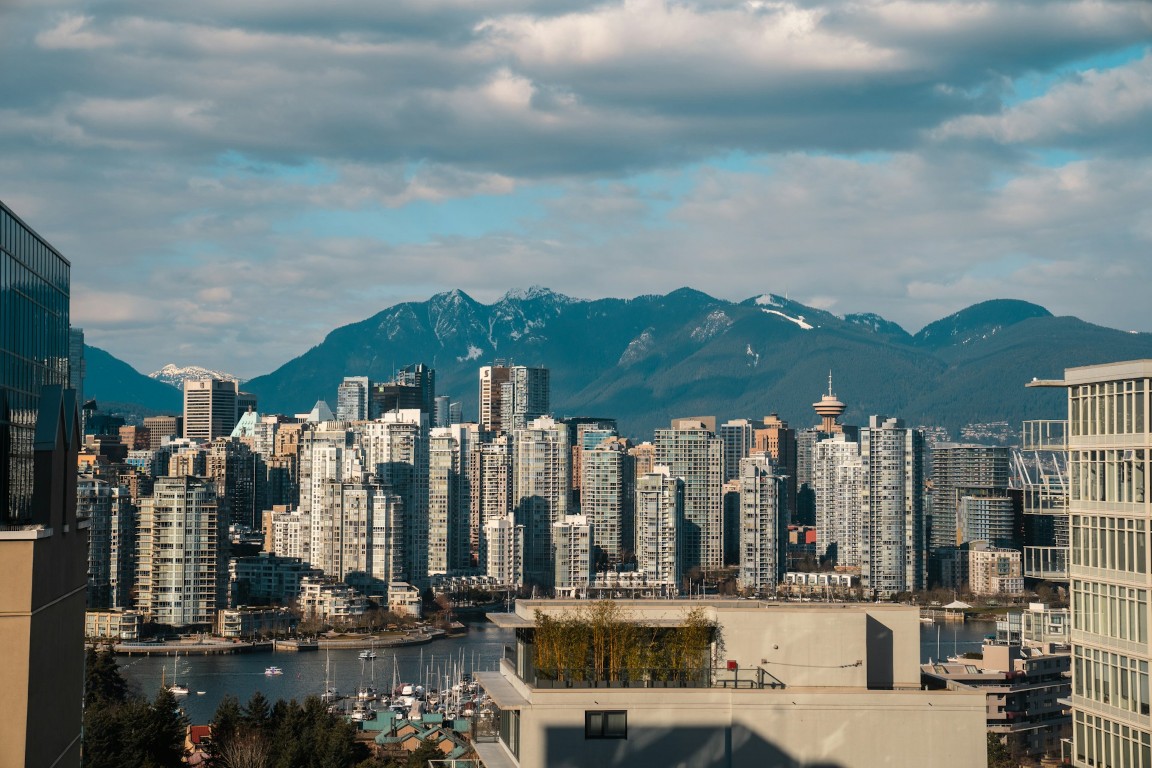
British Columbia boasts breathtaking coastal scenery, with lush rainforests and rugged shorelines. Vancouver is one of Canada's most diverse and vibrant cities.
New Brunswick
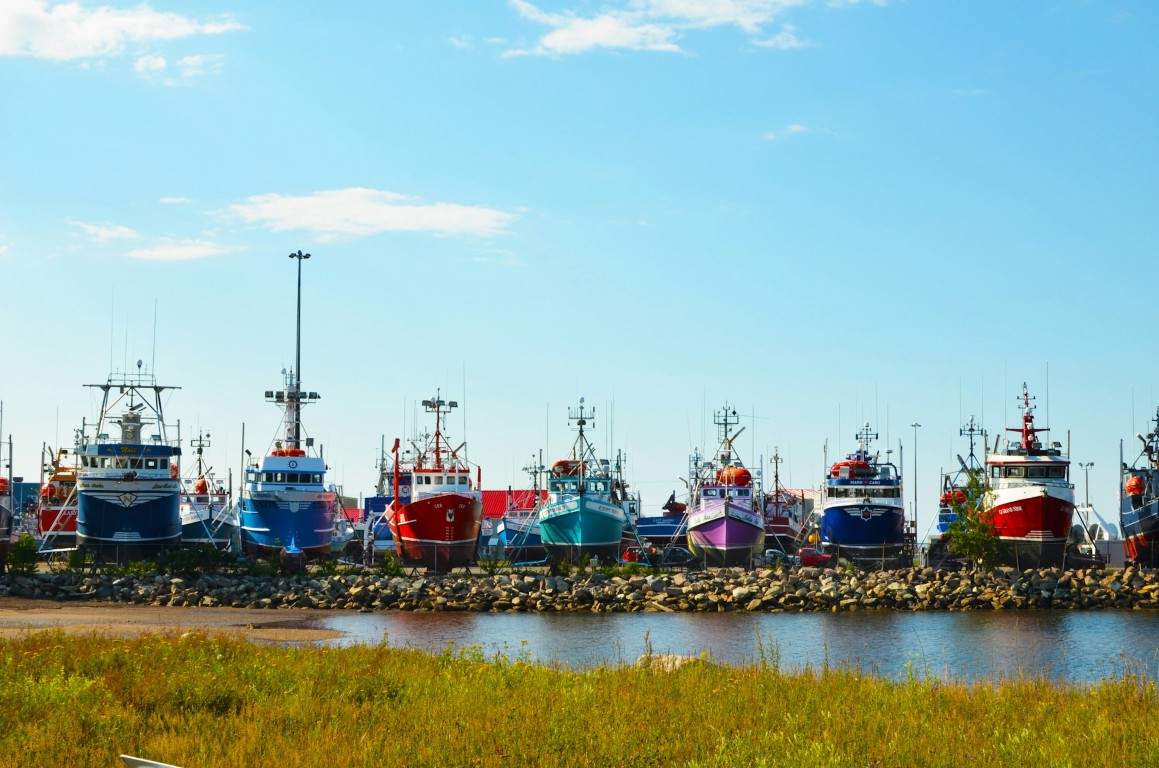
New Brunswick is known for the Bay of Fundy, which has the highest tides in the world. It is also the only officially bilingual province in Canada.
Manitoba
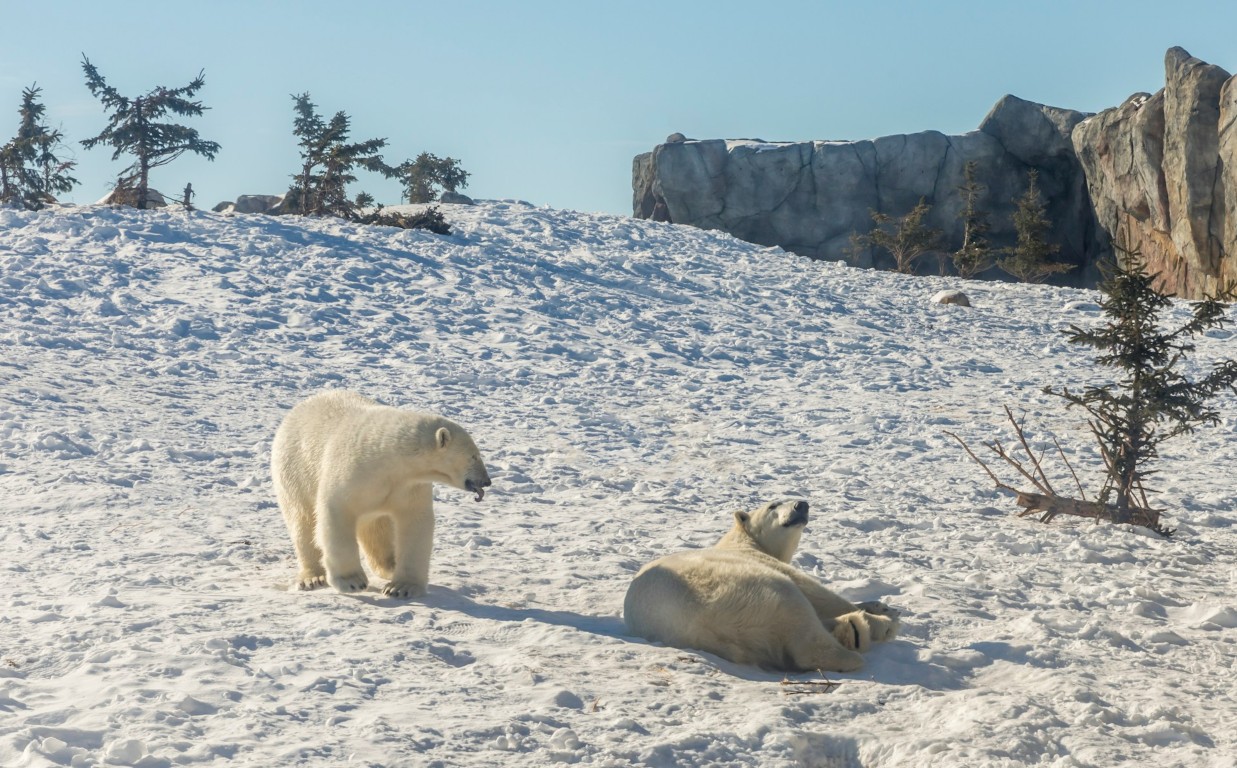
Manitoba is home to Churchill, the 'Polar Bear Capital of the World,' attracting visitors from around the globe. The province also features vast prairies and over 100,000 lakes.
Northwest Territory
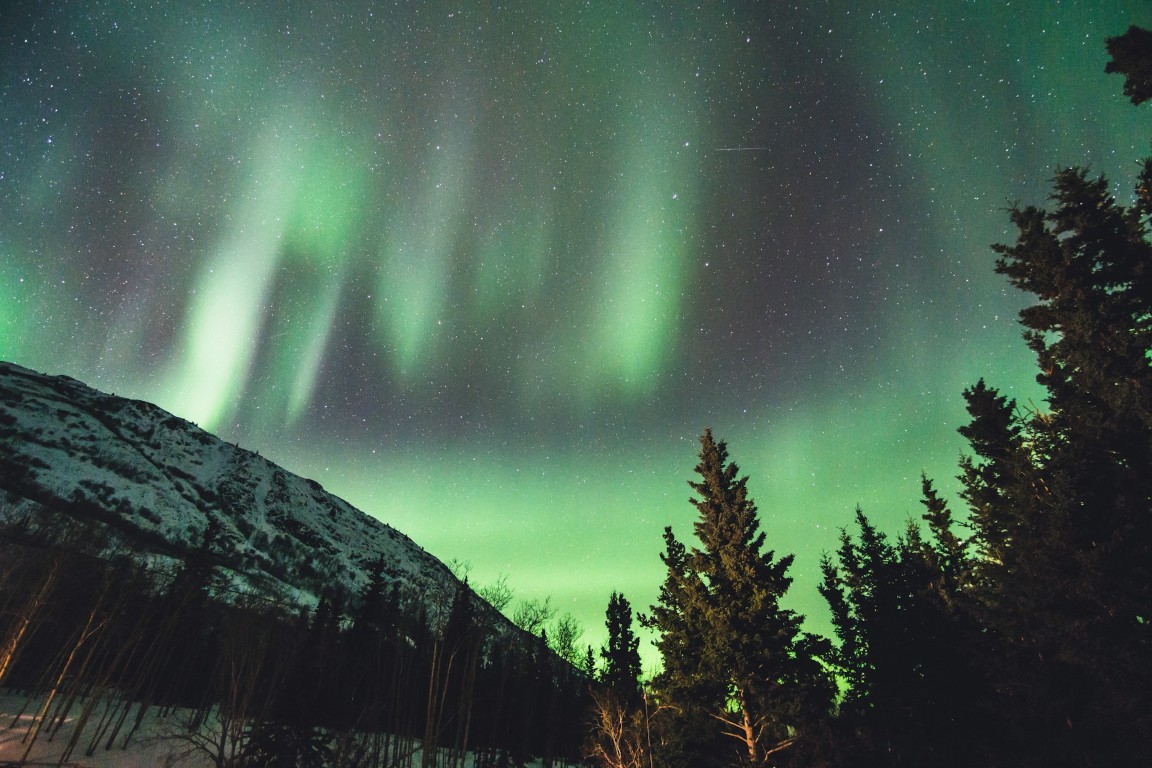
The Northwest Territories is one of the best places in the world to see the northern lights. It is also home to Great Bear Lake, the largest lake entirely in Canada.
Nunavut

Nunavut is Canada’s newest and largest territory, covering a vast Arctic landscape. It is home to Inuit communities, who maintain strong cultural traditions in one of the world's most remote regions.
Ontario
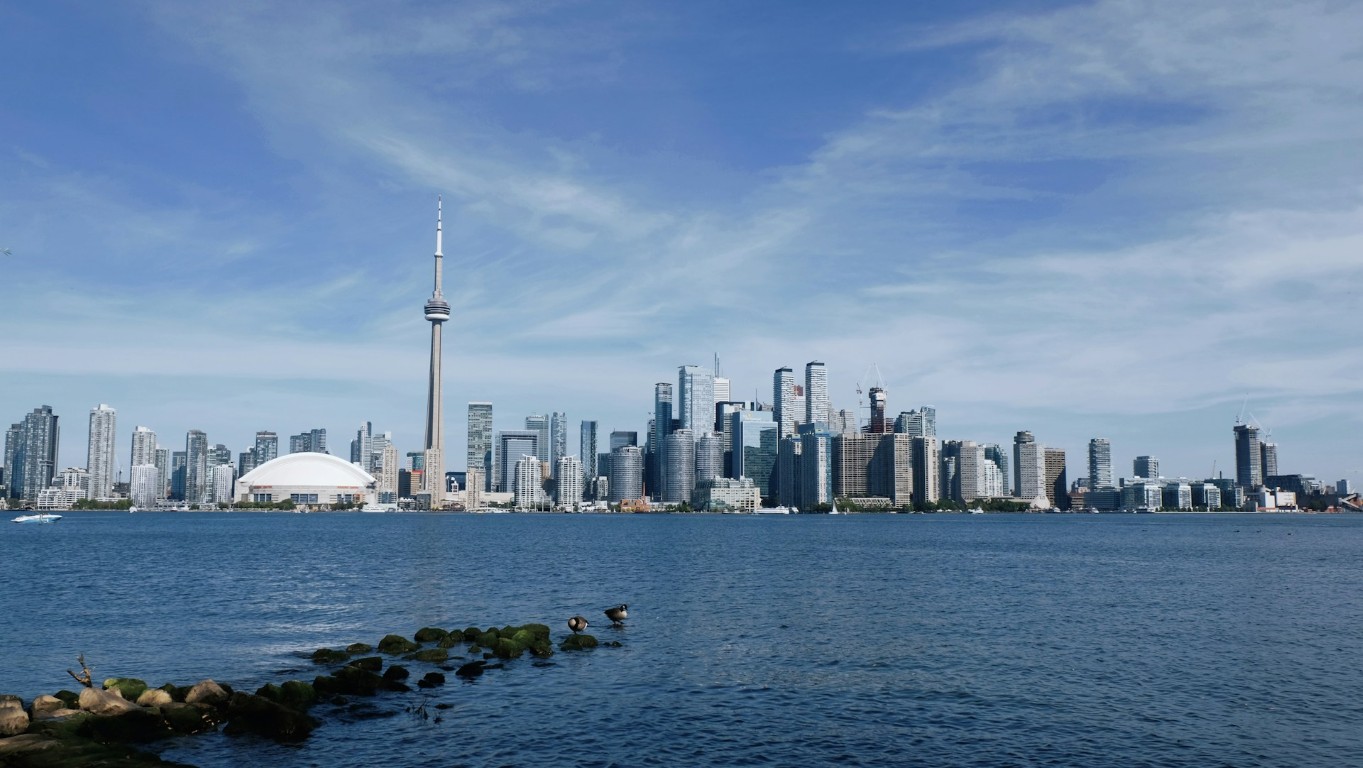
Ontario is Canada’s most populous province, home to Toronto, Ottawa, and the famous Niagara Falls. It has a diverse economy, from finance and tech to vast agricultural regions.
Quebec
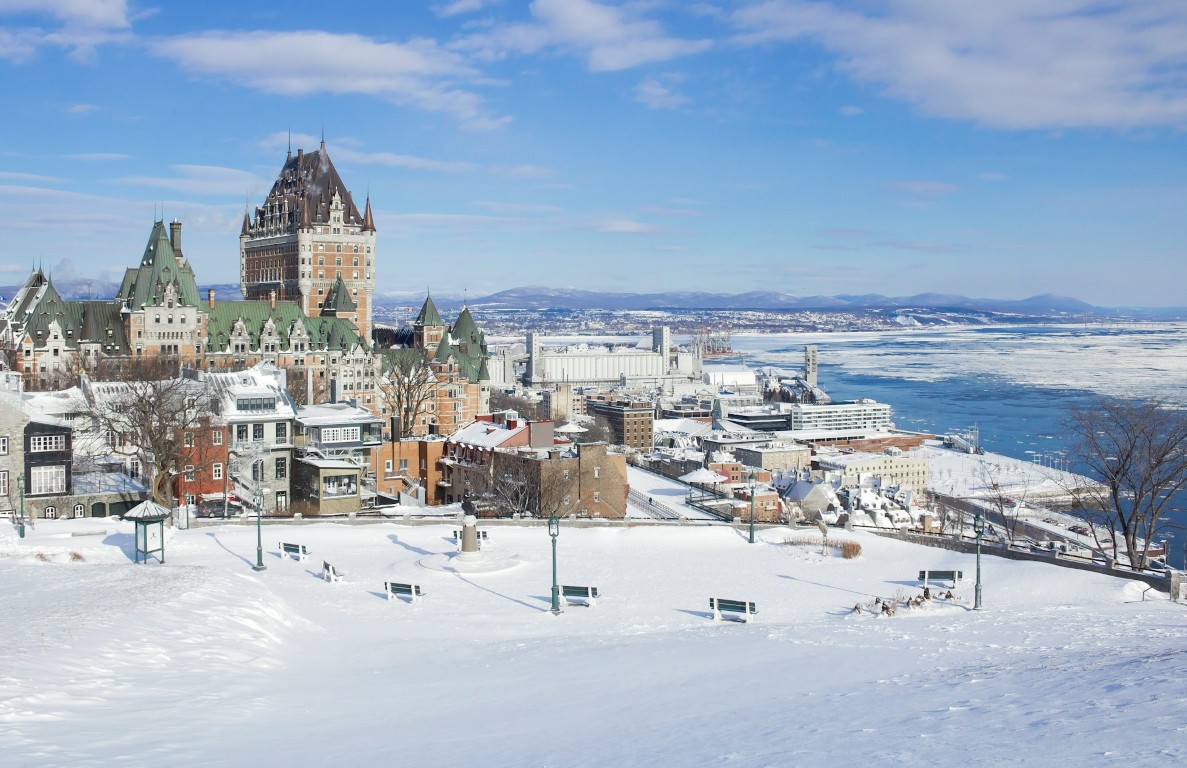
Quebec is Canada’s French-speaking province, rich in history and European-style architecture. Its capital, Quebec City, is the only walled city in North America.
Nova Scotia
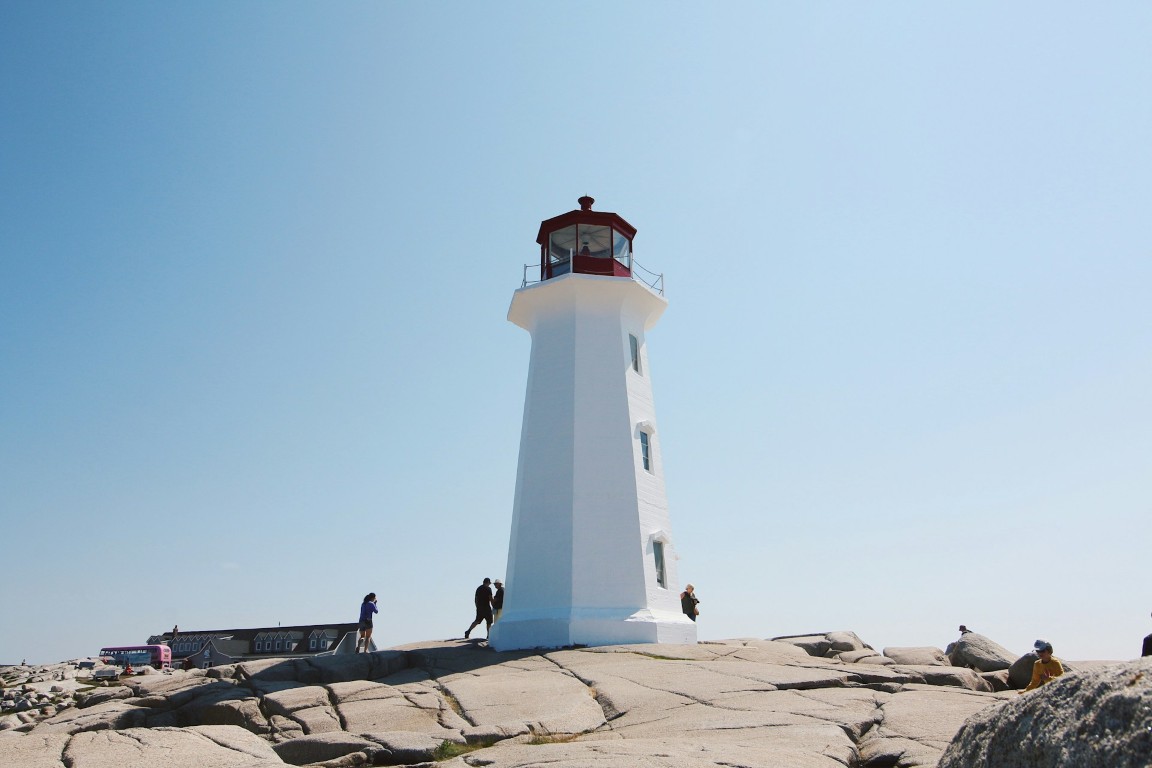
Nova Scotia is famous for its scenic coastal drives, historic towns, and over 150 lighthouses. The province is also known for its seafood, particularly lobster and scallops.
Prince Edward Island
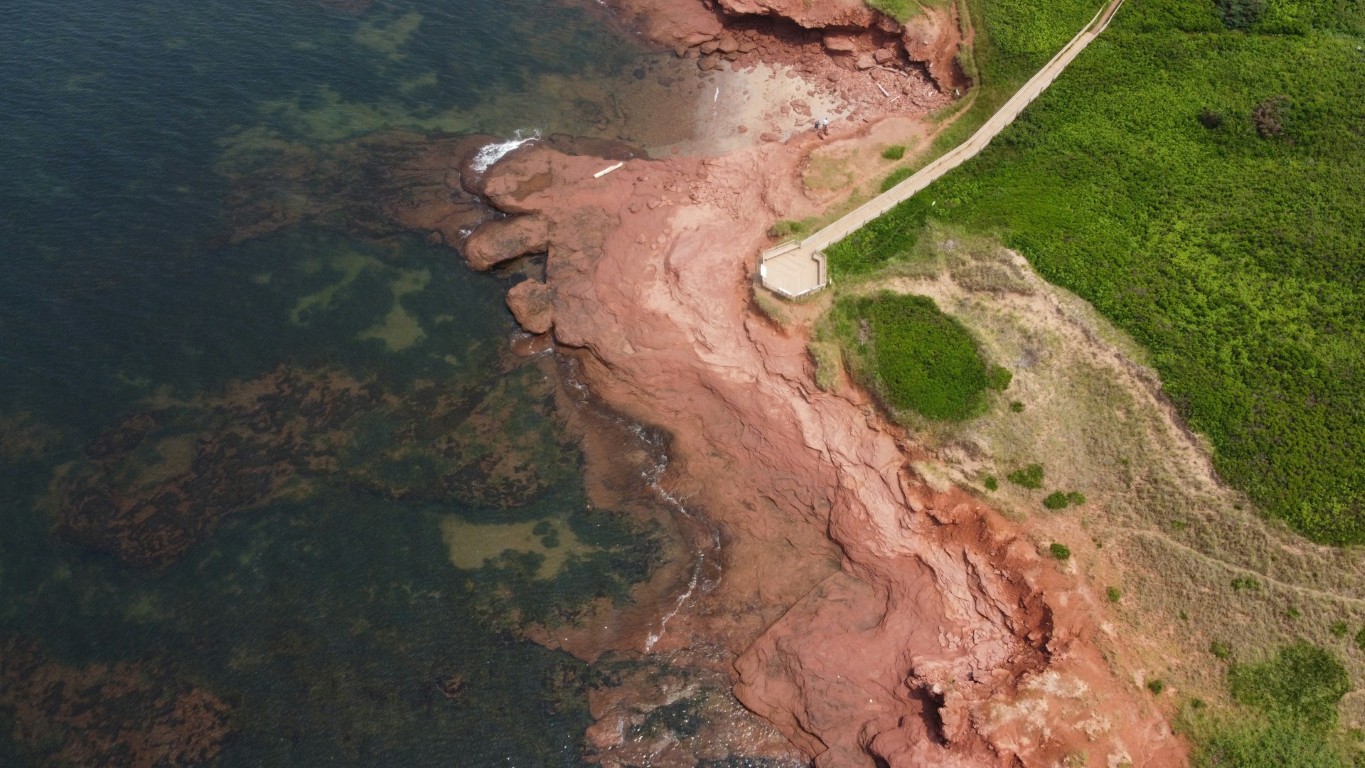
Prince Edward Island is Canada’s smallest province, known for its red sand beaches and rolling farmland. It is also the setting of the famous novel 'Anne of Green Gables.'
Yukon
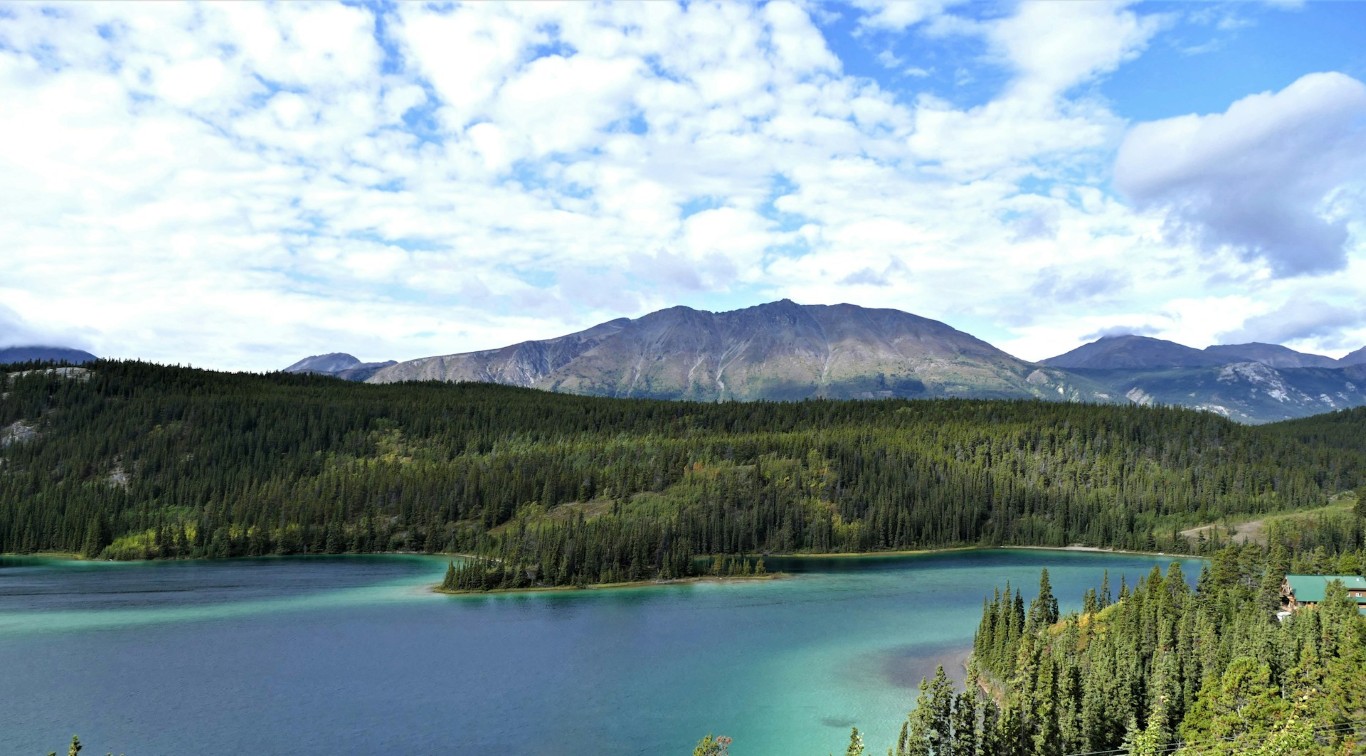
Yukon was the heart of the Klondike Gold Rush in the late 1800s. Today, it offers stunning wilderness and is home to Canada’s tallest peak, Mount Logan.
Saskatchewan

Saskatchewan is known for its endless golden wheat fields and open skies. It is a major agricultural hub and one of the sunniest provinces in Canada.